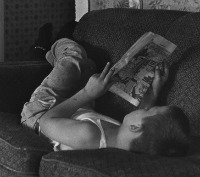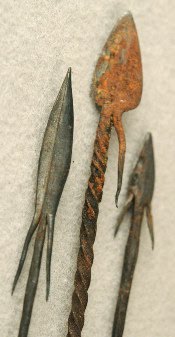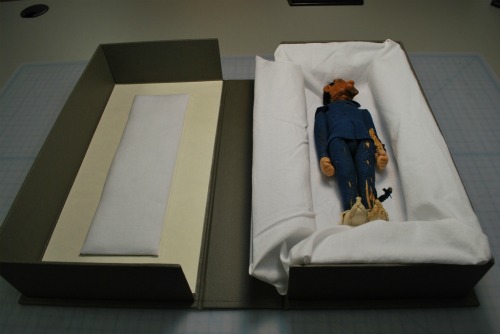Date: 31 August-12 December 2010
Location and Time: Special Collections Gallery during library hours
Contact Information: Karen Glynn, 919-660-5968 or karen.glynn(at)duke.edu
Journalist and photographer Deena Stryker’s black-and-white photographs of Revolutionary Cuba open a window into an unsettled time in that country’s history, after the Bay of Pigs and before Che Guevara’s departure for the Congo, when Fidel Castro was solidifying his control over the new revolutionary government.
 |
| A woman watching a military parade, Havana, January 1964. From the Deena Stryker Photograph Collection. |
This new exhibit of thirty gelatin silver prints from the Archive of Documentary Arts’ Deena Stryker Photograph Collection documents this extraordinary change, bearing witness to both the vitality of Cuba’s leadership and the optimism of the Cuban people. The exhibit is curated by Holly Ackerman, Librarian for Latin America and Iberia, and Heather Settle, visiting scholar in Cultural Anthropology.
Can’t visit the exhibit in person? Check out the virtual exhibit, which includes an additional eleven photos from the Deena Stryker Photograph Collection.
Keep up with The Devil’s Tale for news about the exhibit’s opening reception on Thursday, September 16th at 4:00 PM in the Rare Book Room. Deena Stryker, the exhibit’s curators, and several local experts on Cuba will come together to discuss the photographs and place them in their historical context.















